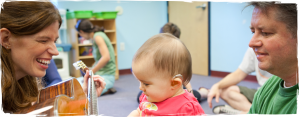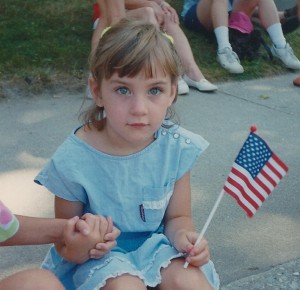I happened to see this amazing video this morning while wasting time in cyber space. It is a very short story about new research into very tiny Pygmy seahorses. What does that have to do with early childhood music therapy? Well it turns out that the new-born babies adjust their color to fit their environment rather than sticking with their genetic coloration. Our little children also are very adept at adjusting to the environment we create for them in music.
So, for 2015, here are five things that I will do to change the music environment I create for the children that I work with:
1) Sing less, so that the child can sing more.
2) Change the key or tempo of the music to fit the child, not me.
3) Repeat music experiences more so the child can become master of the music.
4) Expect and respect the music of the child.
5) Share music more with all the grownups in the child’s environment: Dad, Mom. sibling, teacher, bus driver, friend.
Best wishes for the New Year to you and yours.
Thanks for being part of Raising Harmony and Sprouting Melodies!
Beth








